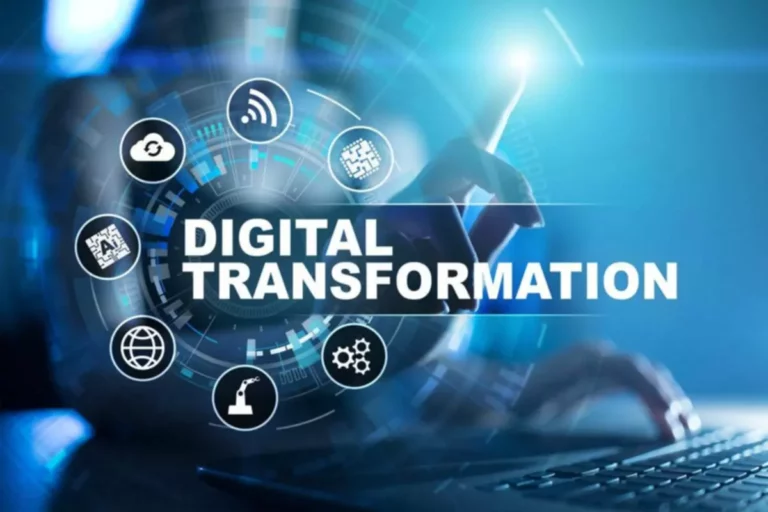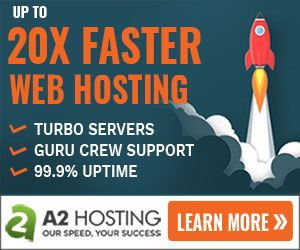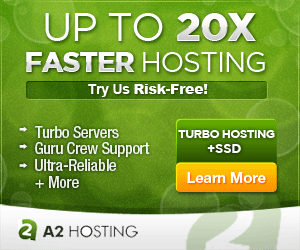What are the main advantages and disadvantages of PaaS?
Content
More businesses in a variety of industries are getting their hardware and software components delivered online, including servers, storage, frameworks, tools, and ready-made apps. Companies are using PaaS as they develop their own SaaS, as they migrate to the cloud and while creating cross-platform applications that can be used on any device. There are PaaS offerings for a variety of different programming languages.
BMC Software put together a graphic that illustrates the key differences among IaaS, PaaS and SaaS. As you can see, the primary thing that differentiates the three main categories of cloud computing from one another is who manages the different pieces of the IT stack. Cloud storage with automated backup is scalable, flexible and provides peace of mind. Cobalt Iron’s enterprise-grade backup and recovery solution is known for its hands-free automation and reliability, at a lower cost.
Cloud Computing MCQ
One of the most popular questions is, what is the difference between IaaS, PaaS and SaaS? A new platform is a new environment where legacy solutions are supposed to continue to work. Undoubtedly, some difficulties and contradictions may arise when two systems come into contact. Thus, it’s crucial to understand possible compatibility problems beforehand and to prepare to solve them. On the one hand, it’s a great advantage that a certain part of work is done by the provider without you having to make an effort.

However, you can still buy a license in CD-ROM format for software like Microsoft Office, Adobe Photoshop Elements, etc. Many PaaS services, both hosted and self-hosted, offer unlimited and hourly access. Typically, basic PaaS services cost from a few dollars to multiple thousands per month, depending on what you need. The idea behind the pricing model is to fit into your existing infrastructure at a low cost and scale the platform’s sizing and cost according to your real usage.
Cloud Analytics with Google Cloud Platform by Sanket Thodge
As infrastructure is managed by third-party service, you will be able to focus on other works. IaaS lets you bypass the complexity and cost of buying and managing physical computers and servers. Instead, each resource is offered as a separate component, so you only need to pay for a certain resource as long as you need it. There are several types of cloud computing, including Platform as a Service , Software as a Service , and Infrastructure as a Service .
The programming languages and model/middleware would be quite different. However, there is generally no local development or sandbox where you can develop and test your code locally. PaaS providers (GAE & Azure) have done this well by taking the full development life cycle into account.
SERVERLESS ARCHITECTURE FUNCTION AS A SERVICE
For the development of almost every software, “data is a must.” This data could be anything from previous logs to software development flows or architectural flow. The no vendor-lock feature makes it very future-proof in my opinion, and also means that companies can be more flexible in their deployments/environments. It is growing and developing all over the globe in a stable way. Currently, around half of the revenue comes from North America, while Europe takes a quarter of the market.
- That’s why it’s very important to be confident in your business partner and be prepared for some unforeseen circumstances that may happen to even the most reliable provider.
- Cloud computing is one of the most prominent emerging technology which gives appropriate architectural solutions to the IT sector.
- No need to invest in expensive infrastructure—are resources provided by the vendor.
- To businesses, IaaS provides servers, networking, storage, and an overall visualization to manage and control your business infrastructure smoothly.
- A SaaS solution may not be compatible with other tools you’re already using, so integrations can cause major issues.
- It saves you time — up to a year — by allowing to launch the process sooner.
- According to the Crowd Research Partners survey, 28 percent of organizations surveyed currently use PaaS in production, and 51 percent have plans to deploy in the future.
Main cons could be that when you have a solution build for you, it’s probably not going to work. Also the IOPS could be a problem, since there is a limitation on that part, but a good Cloud pros and cons of paas Architect knows this. A full-time digital marketer, self-taught writer, creator, and tech enthusiast. Apart from tech, I’m a professional music composer and a disciple of arts & history.
What is IaaS, PaaS and SaaS?
In a nutshell, PaaS is a cloud computing model that provides developers with a platform to develop, deploy, and run applications. The increased speed of development and deployment is among the top business advantages of PaaS in cloud computing. Since developers have access to numerous automated tools and technological innovations, they can significantly speed up the creation of apps. Hence, the app development lifecycle is reduced, compared to the traditional one, and more new products can enter the market faster. This feature is one of the key competitive advantages for any business. There are many other avenues for PaaS products; options like Apache Stratos, OpenShift, and Magento Commerce Cloud are also popular choices depending on business needs.

With this offering, users get access to the vendor’s cloud-based software. Users don’t have to download and install SaaS applications on local https://globalcloudteam.com/ devices, but sometimes they may need plugins. SaaS software resides on a remote cloud network and can be accessed through the web or APIs.
What is PaaS?
An end product could only be better if it is built by the latest version of supporting software. In the case of PaaS, you will get the latest version automatically in your kit but in the traditional method, you’ll have to purchase the latest version which could be costly. Every software development cycle goes through different phases, from the inception to the implementation phase and finally to mass roll-outs. PaaS platform comes with pre-coded applications, which are already installed in the tools of your preference.









You must be logged in to post a comment Login